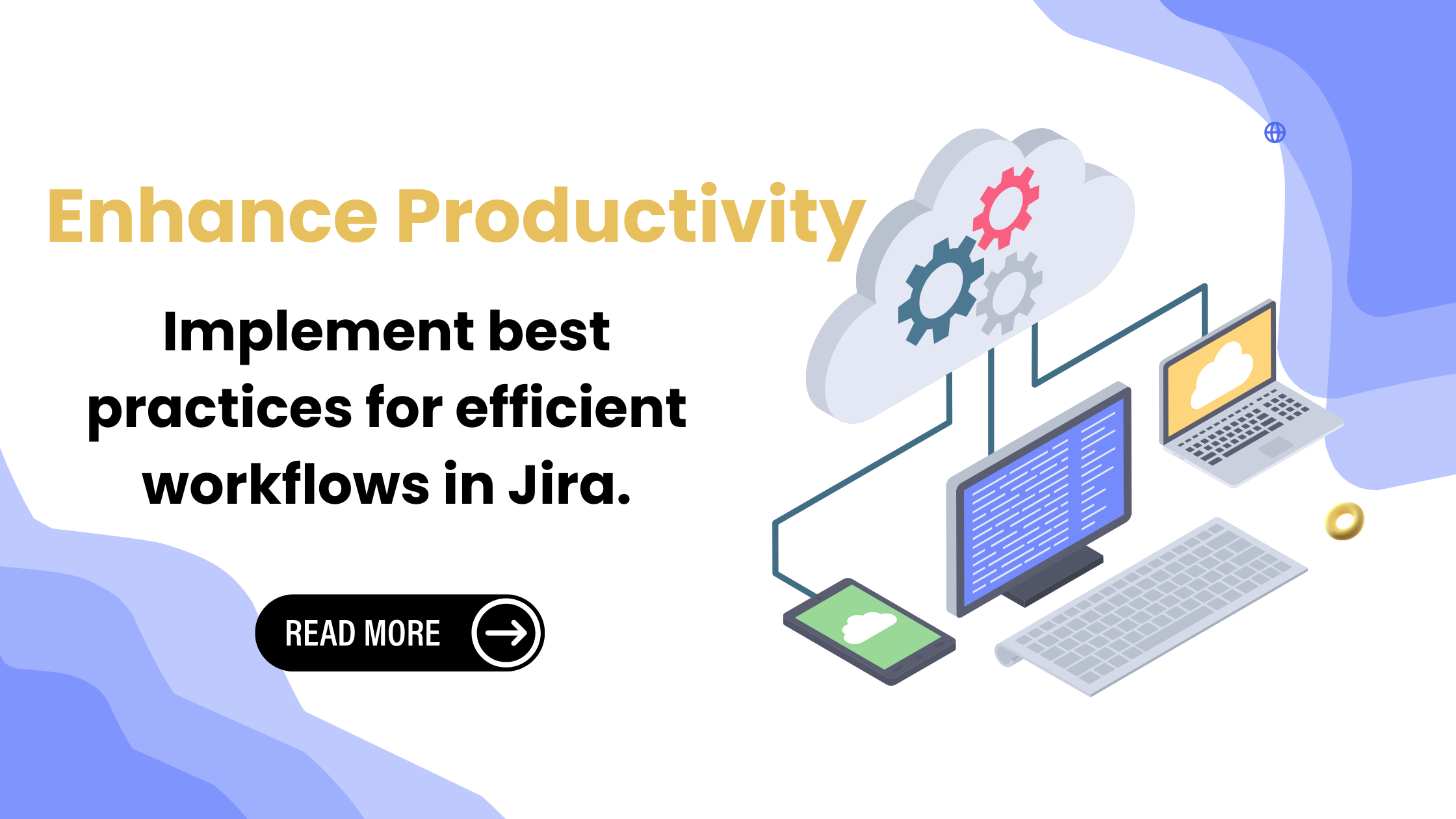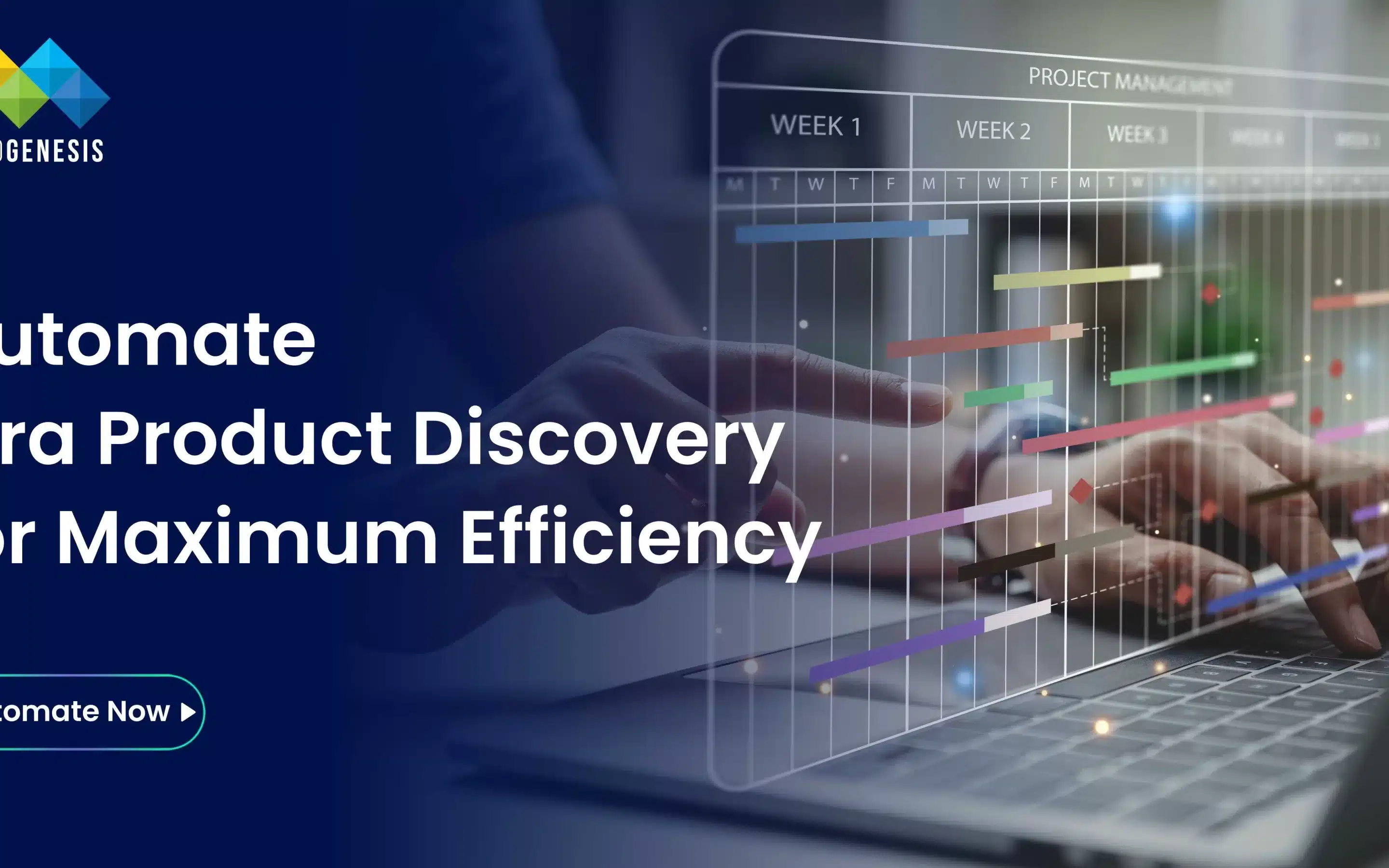Understanding Jira Workflows
Before diving into customization, it’s essential to understand the basics of Jira workflows. A workflow in Jira represents the series of steps that an issue moves through during its lifecycle, from creation to resolution. Workflows typically consist of statuses (e.g., Open, In Progress, Resolved) and transitions (e.g., To Do → In Progress, In Progress → Done) that define how issues progress through the workflow.
Best Practices for Customization of Workflows in Jira
Define Your Process:
Before customizing your workflow, clearly define your team’s process and identify the stages through which issues need to progress. Consider factors such as team structure, project requirements, and stakeholder expectations. Engaging with a Jira implementation consultant can help in accurately defining these processes.
Keep It Simple:
Strive for simplicity when designing your workflow. Avoid creating overly complex workflows with unnecessary statuses or transitions. A streamlined workflow is easier to understand, maintain, and navigate for team members. Jira consulting services can assist in creating effective yet simple workflows.
Use Standard Jira Workflow Features:
Leverage standard Jira workflow features such as conditions, validators, and post-functions to enforce rules, validate transitions, and automate tasks. These features allow you to customize workflows without the need for custom scripting or plugins. Expert advice from Jira consulting can maximize the use of these features.
Involve Stakeholders:
Collaborate with key stakeholders, including team members, project managers, and product owners, when designing and customizing workflows. Solicit feedback and incorporate input to ensure that the workflow meets the needs of all stakeholders. A Jira implementation consultant can facilitate this collaboration.
Test Iteratively:
Test your customized workflows iteratively in a staging or test environment before rolling them out to production. Solicit feedback from users and make adjustments as needed to optimize the workflow for usability and effectiveness. Jira consulting services can provide valuable insights during the testing phase.
Read More: Automate Issue Field Data in Jira with Field Mirror
Key Use Cases
Agile Software Development:
Customize workflows to align with agile methodologies such as Scrum or Kanban. Define stages for backlog grooming, sprint planning, development, testing, and deployment to support iterative development cycles.
IT Service Management (ITSM):
Design workflows tailored to IT service management processes such as incident management, change management, and service request fulfillment. Customize statuses and transitions to reflect the stages of each process and enforce ITIL best practices.
Bug Tracking and Resolution:
Create workflows specifically for bug tracking and resolution, with statuses representing bug triage, assignment, fixing, testing, and verification. Use automation to expedite the resolution process and ensure timely bug fixes.
Document Review and Approval:
Customize workflows for document review and approval processes, incorporating statuses for drafting, review, approval, and publishing. Implement automation to notify stakeholders of pending reviews and track document revisions.
Conclusion
Unlocking efficiency in Jira involves customizing workflows to meet your team’s unique needs. By implementing best practices, you can streamline processes, improve productivity, and achieve project success. For organizations looking to maximize their Jira capabilities, MicroGenesis, an Atlassian partner, offers expert guidance as part of their enterprise digital transformation services. With their support, you can fully leverage Jira to enhance your workflow efficiency and drive your projects to succeed




